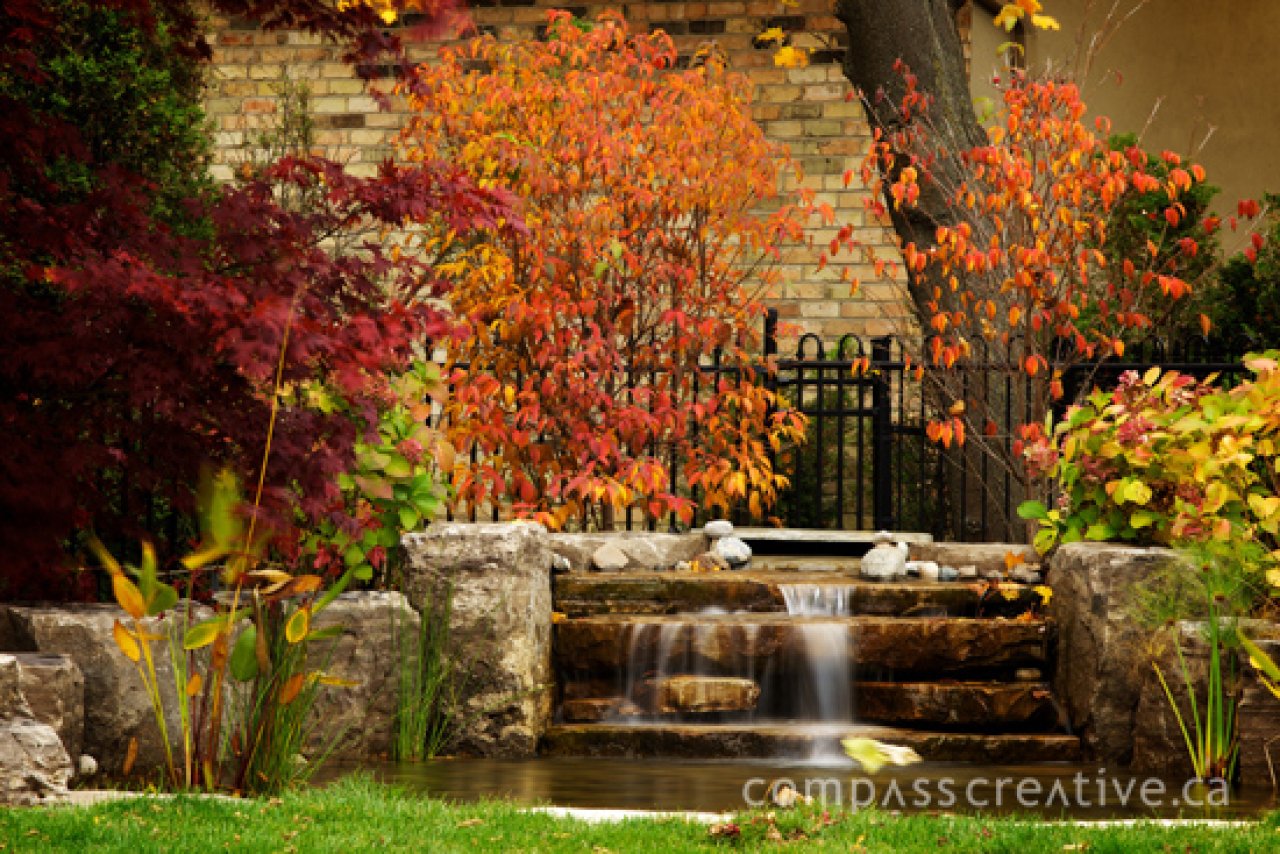Industry Insights
Marketing With Photography

A few weeks ago, we posted on our Facebook page reminding our clients of our photography services. We were glad to see a thought-provoking response, not about the need for professional photography, but about the ethics of using photography that might appear to be too “unreal.”
The comment went like this:
“As a consumer, I get suspicious when photo galleries are full of pics that don’t look real and wonder where the editing ended… What are your thoughts on using Photoshop, for example, to process your photos? Are there any ethical lines to be drawn? I would love to read your thoughts on this!”
We responded at the time (you can read our original response on our Facebook page), but we also felt the question needed a more thorough answer.
It’s worth stating that all images, of course, are representations of reality. They are all manipulated, or edited, in varying degrees, if only by the photographer’s choice of what will be in the frame or what time of day he/she chooses to shoot. The question is, where does it get too far away from the reality of things?
The majority of what we do here at Compass Creative is referred to as “portfolio photography.” Our clients hire us to document their completed jobs so they can use their portfolio of images on the web, in print ads and in a sales environment – all to help inspire people to hire them for their services.
We want to take pictures that inspire, that make an emotional connection. To do that, we do a number of things – we use specific gear (cameras, lenses), we shoot at specific times (knowing that there are times in the day that are more dramatic and inspiring), we compose photos that have strong compositions (that “invite” you into the photo) and then (because we shoot and work in a digital environment) we process the raw files so they can be delivered in a format that our clients can use.
The processing we do takes into account things such as white balance, contrast, saturation and sharpness – all things that used to be handled in the darkroom with film. The goal in all of the editing and processing we do is always to recreate what the photographer saw at the time the photo was captured and to best present our clients’ work.
Very rarely do we have to get into what is now called “photoshopping” – that is, the adding of elements that weren’t there to begin with, or the removal of unwanted things that were there when we shot. On these occasions, it would be limited to small details, like cloning a patch of dead grass out of the photo, or dead leaves on the bottom of a pool (things we would regard as just as likely to be a reality on some other given day). We are extremely cautious to not create an impression that our clients themselves can’t live up to.
We believe that all images are limited in what they can convey about reality. Poorly lit and poorly contrived images are no more “real” than professionally crafted ones. Can digital processing be taken too far? In the end we suppose that will always be up to the viewer to decide.

Written by Joel Reynolds
June 23, 2014





